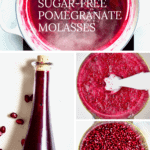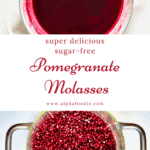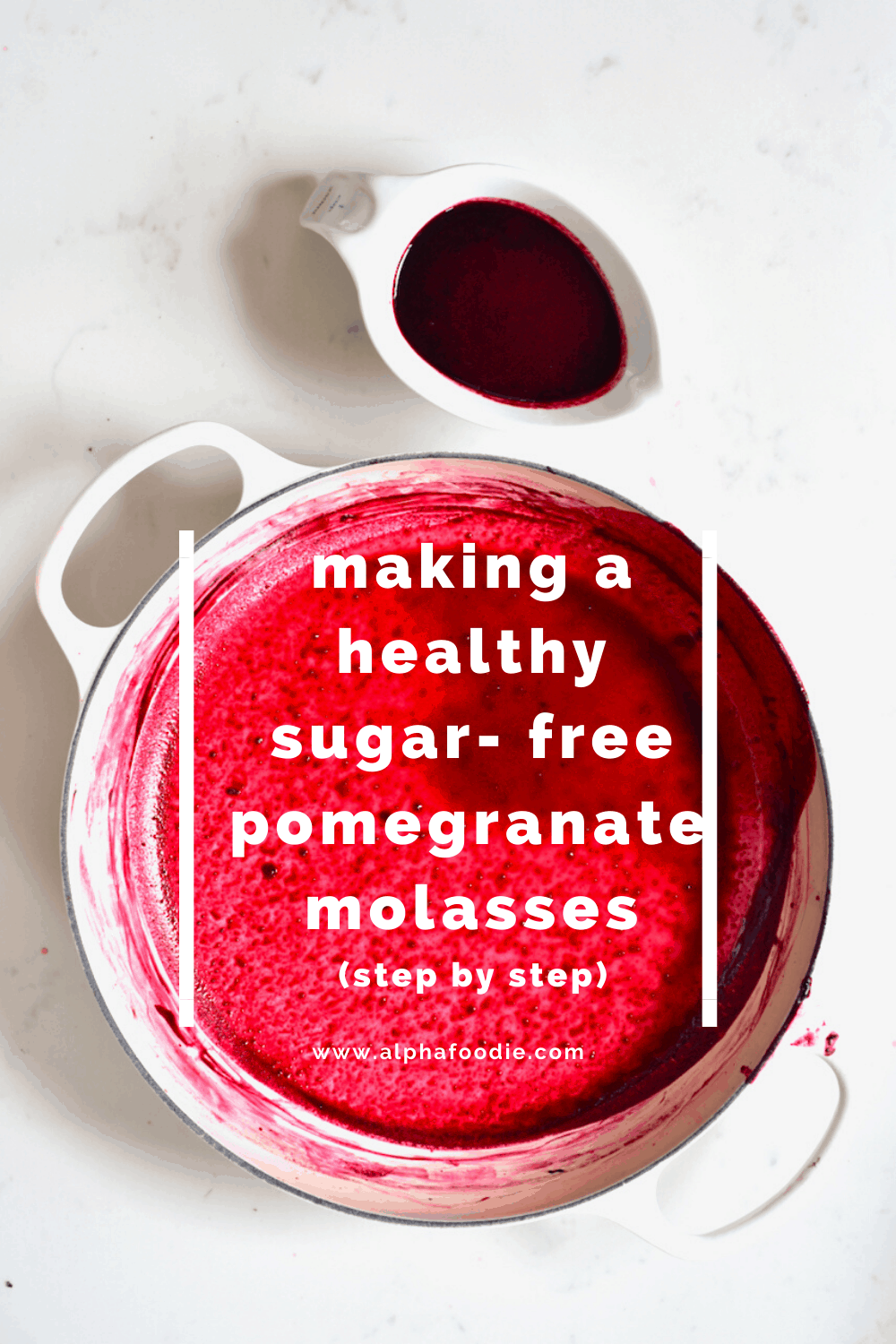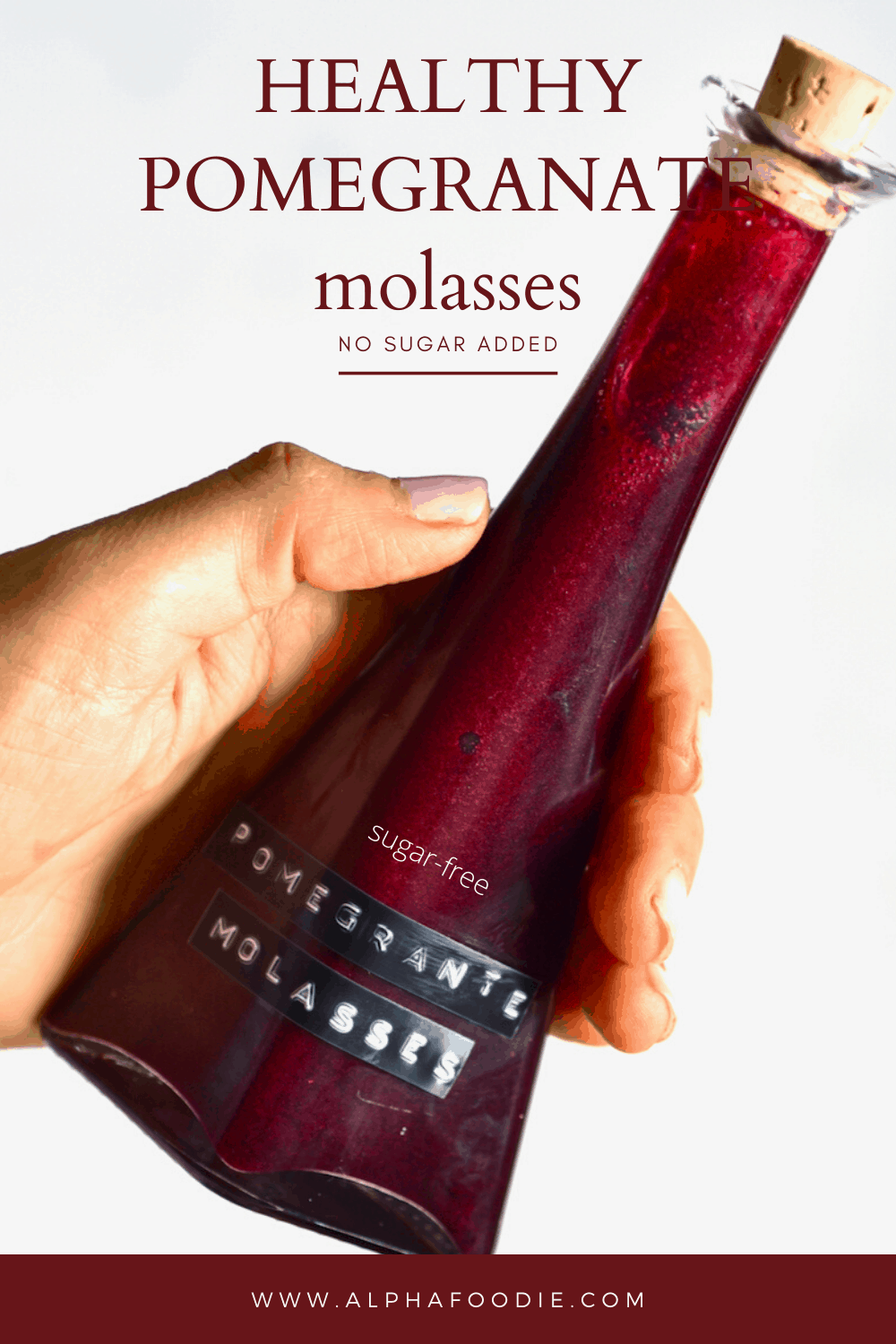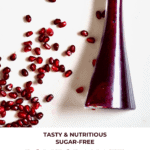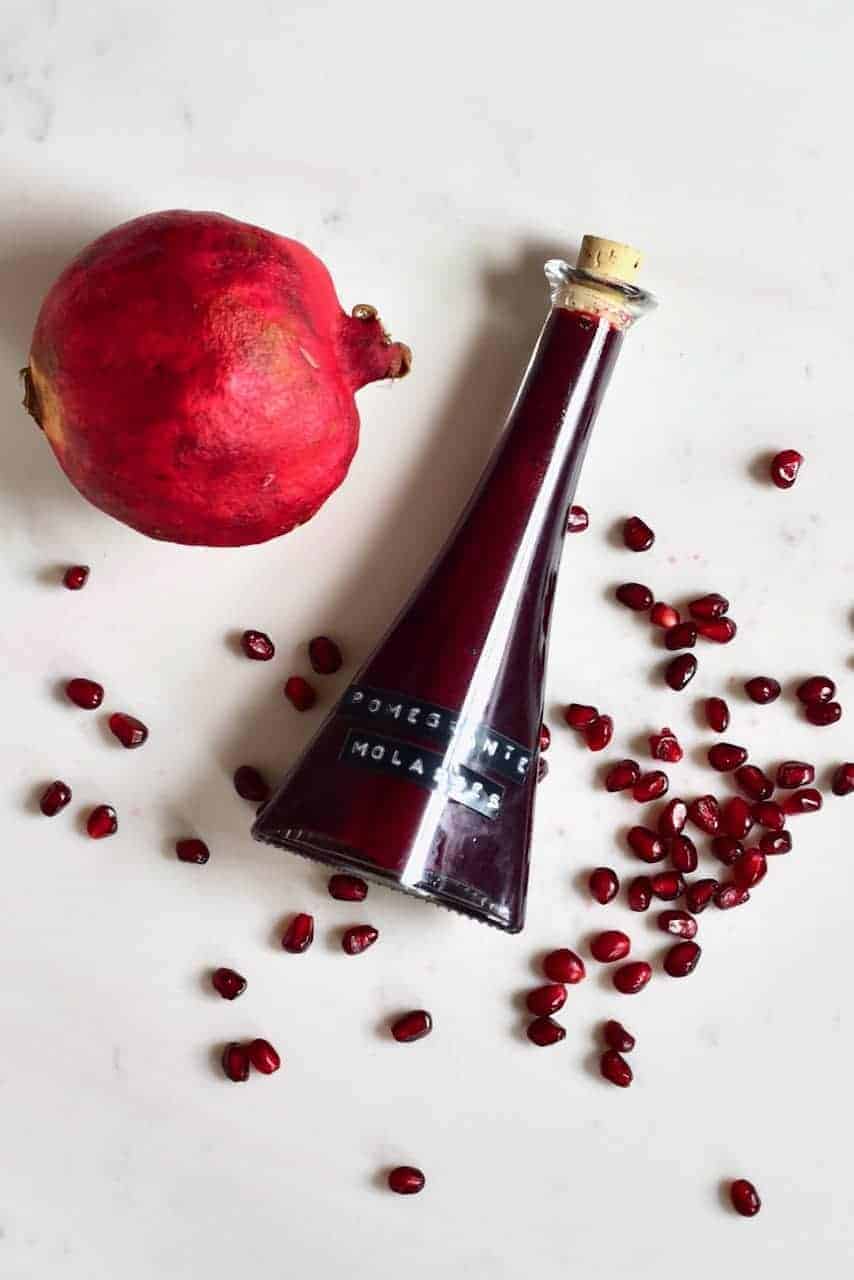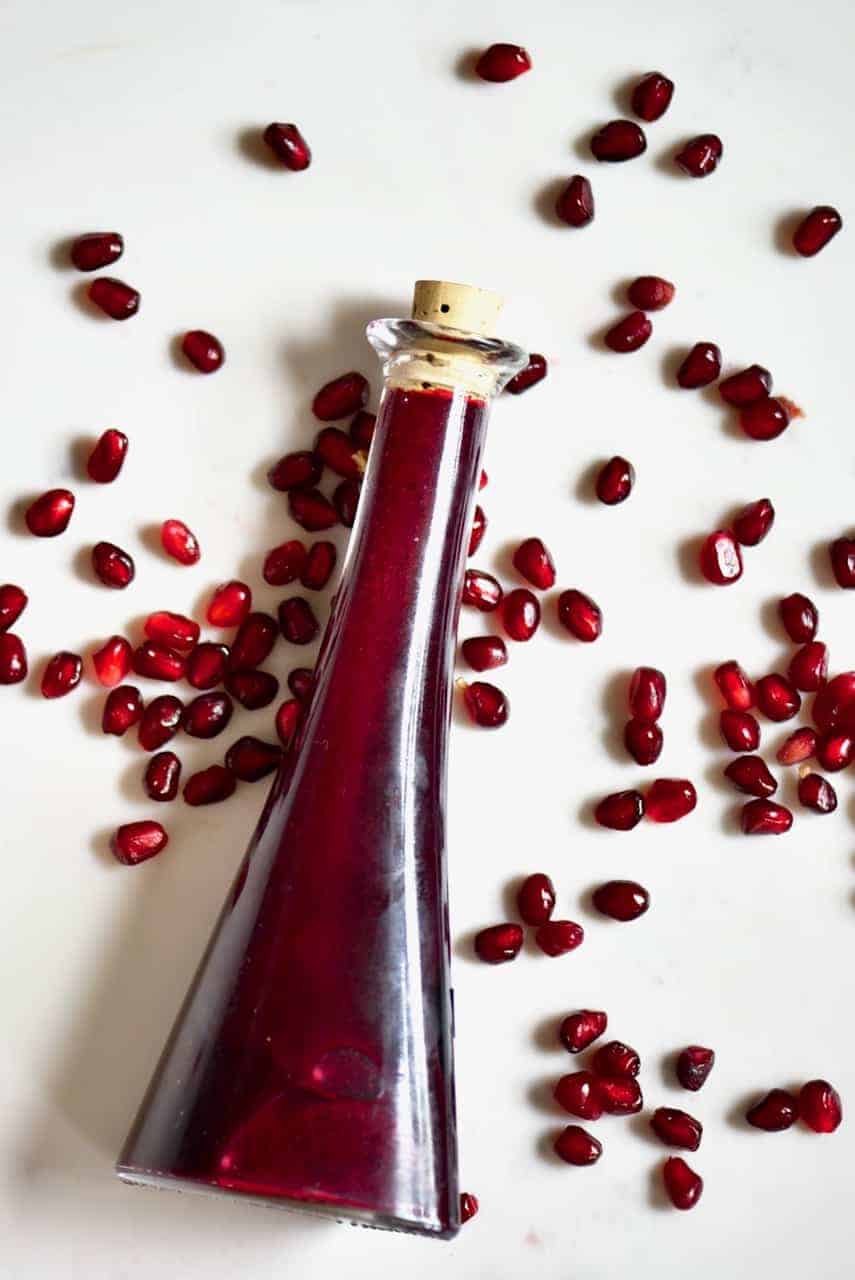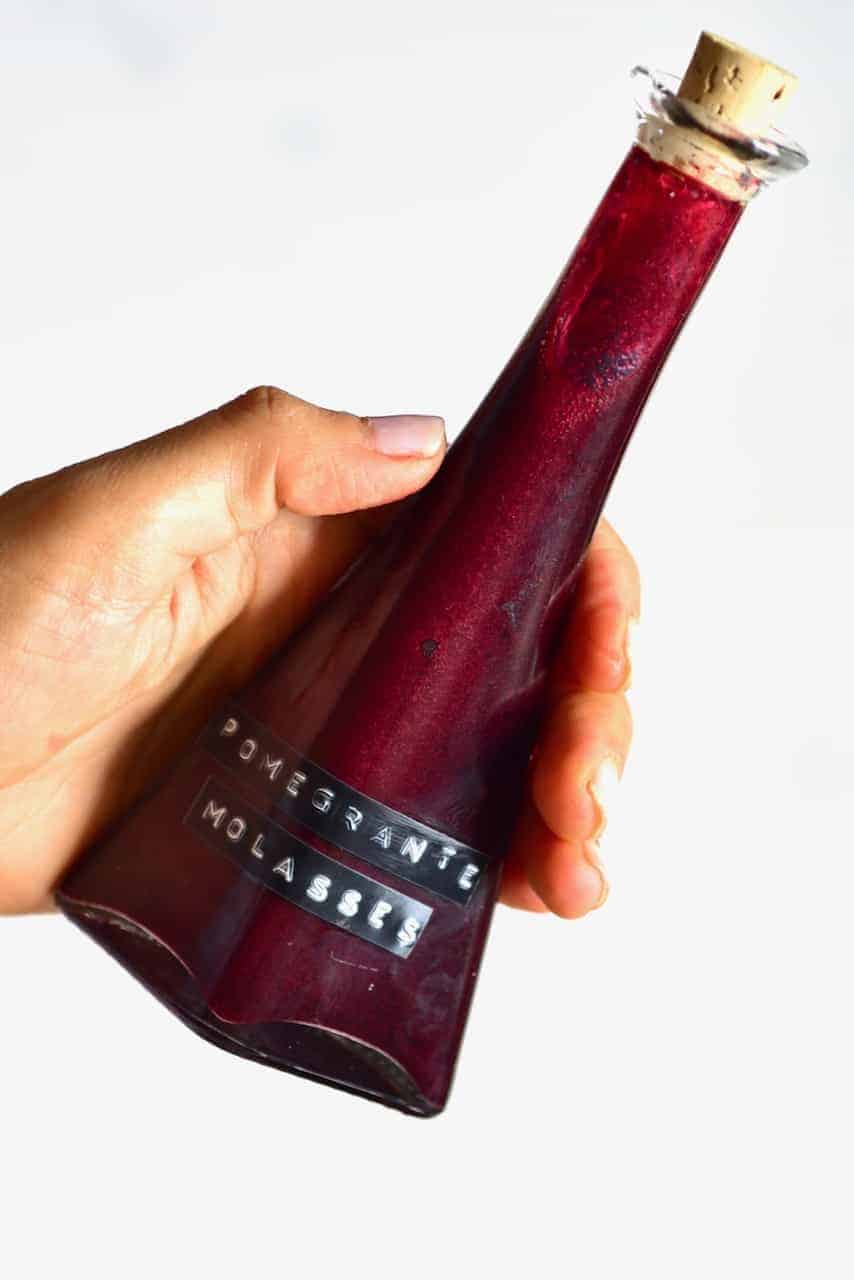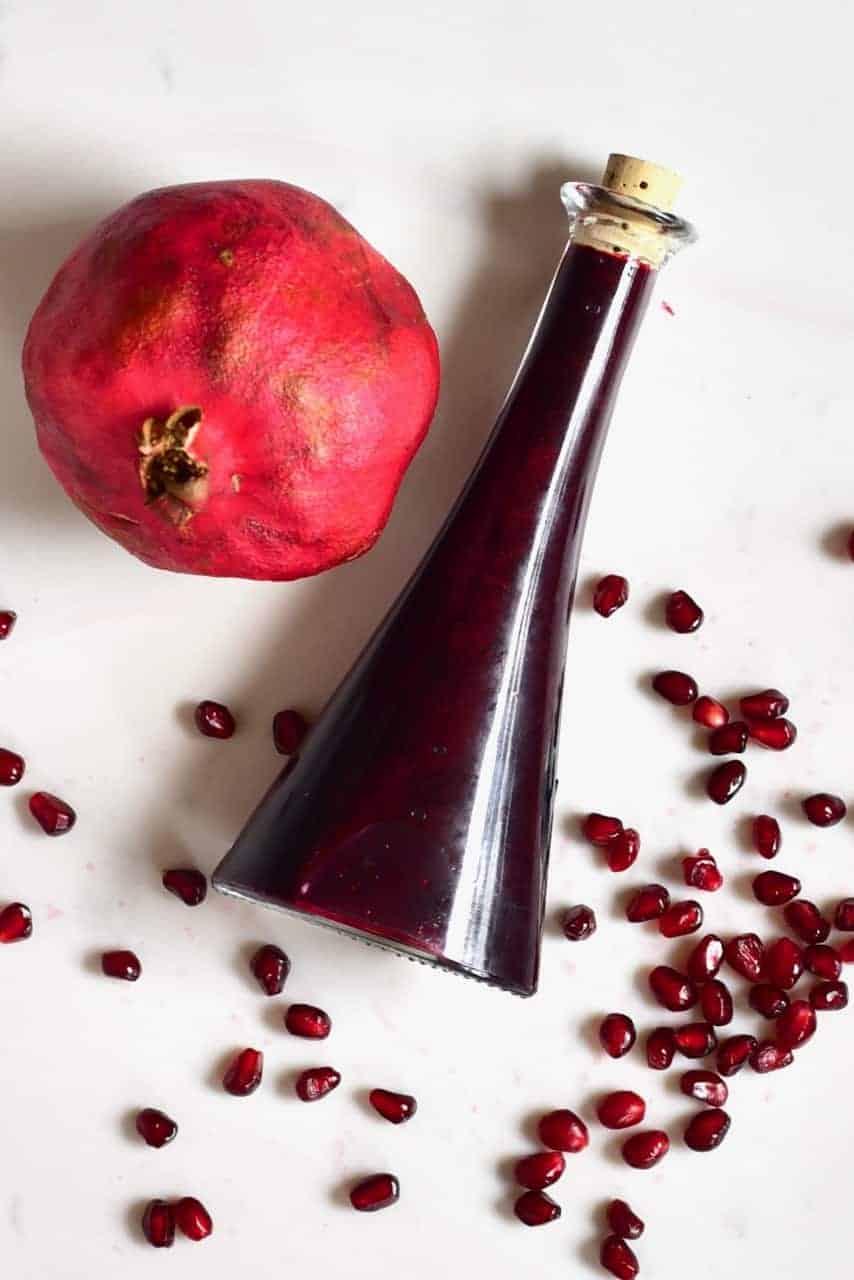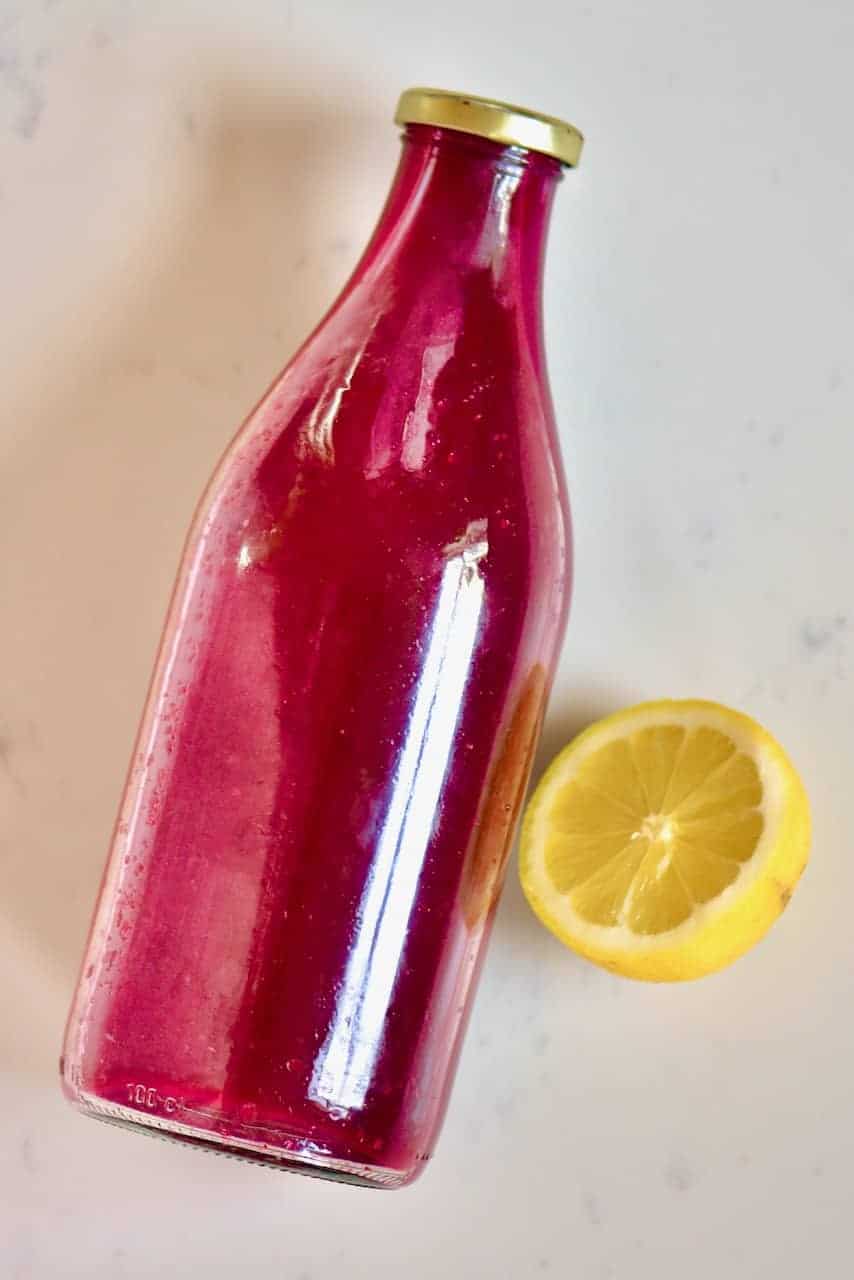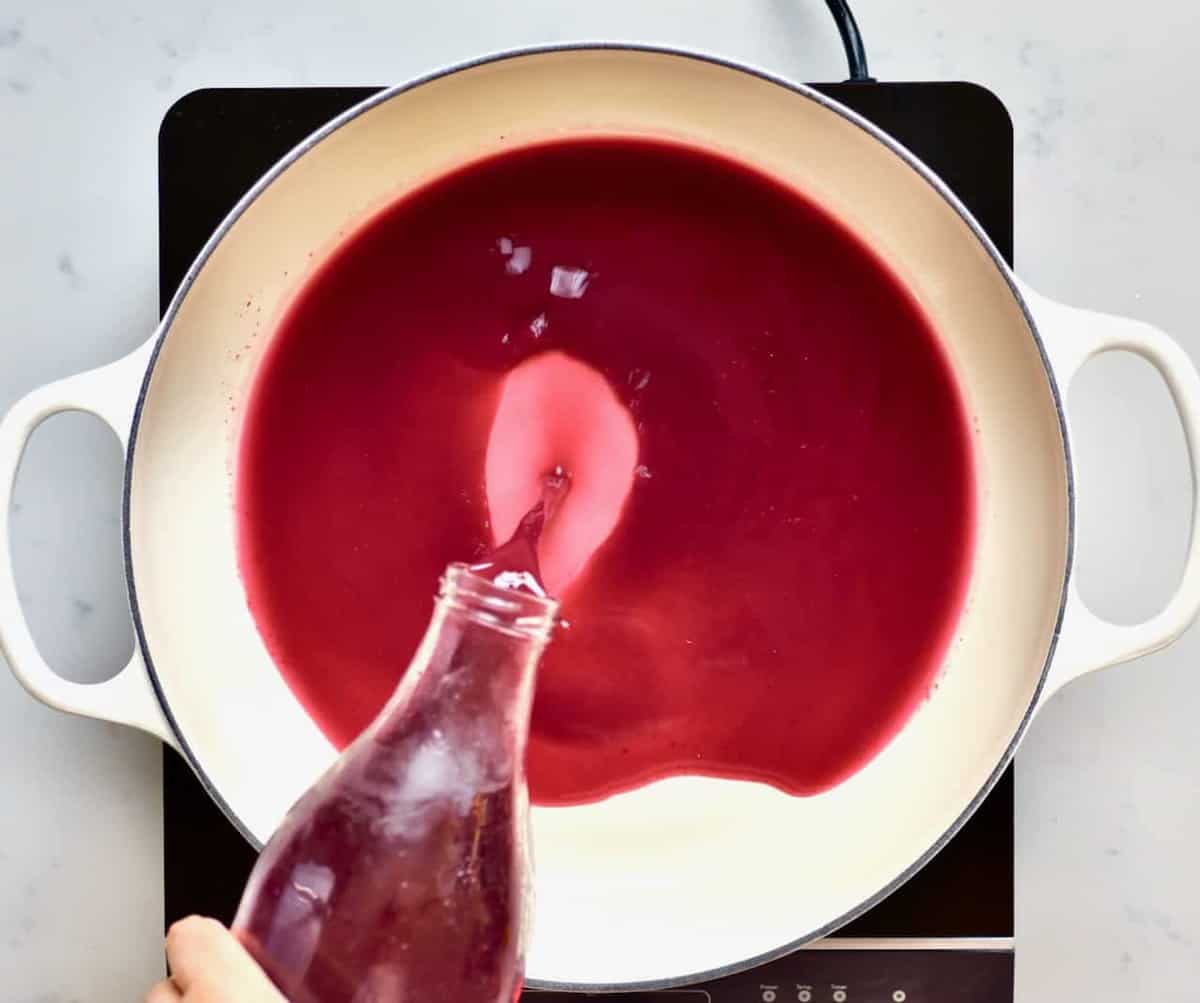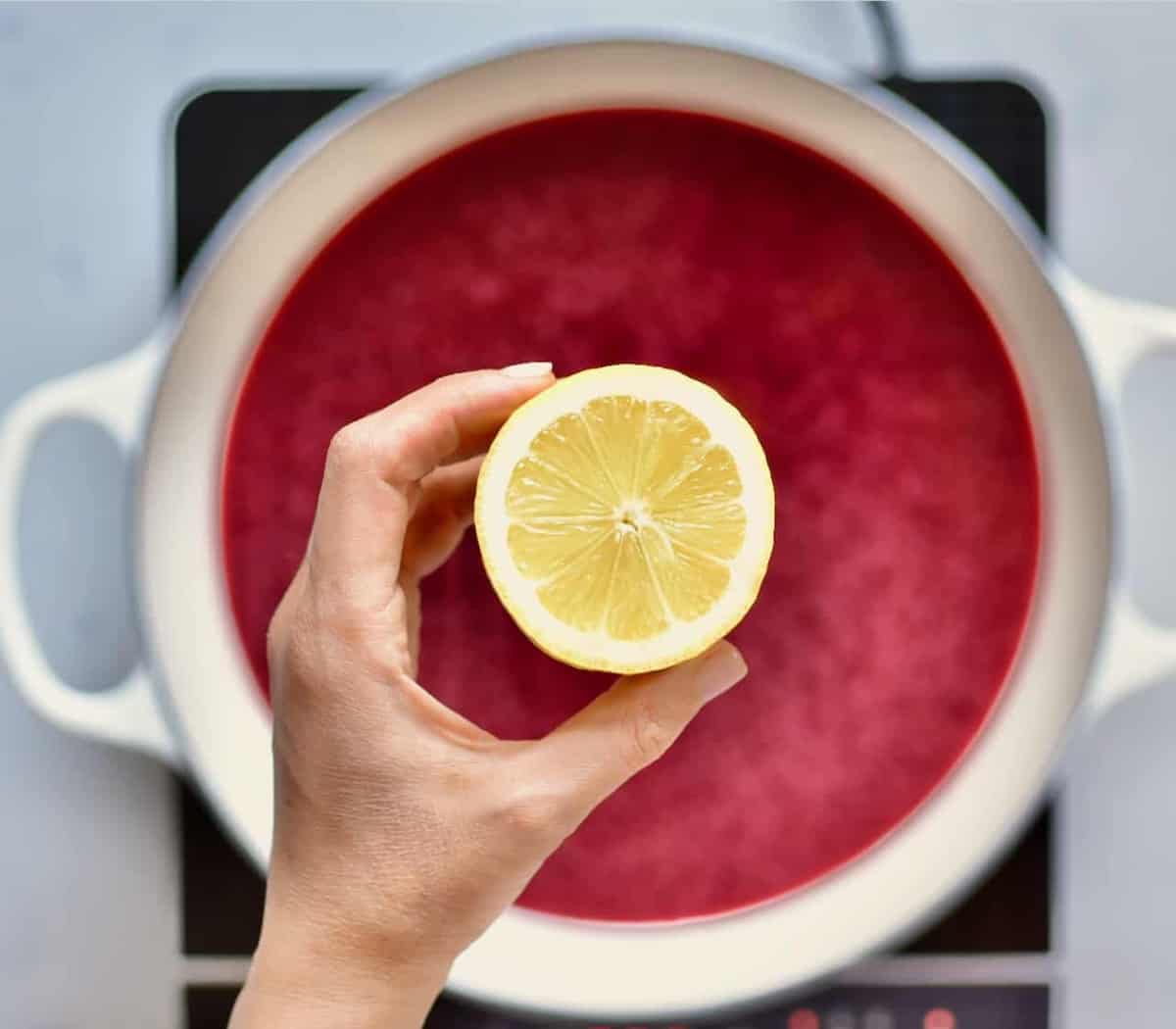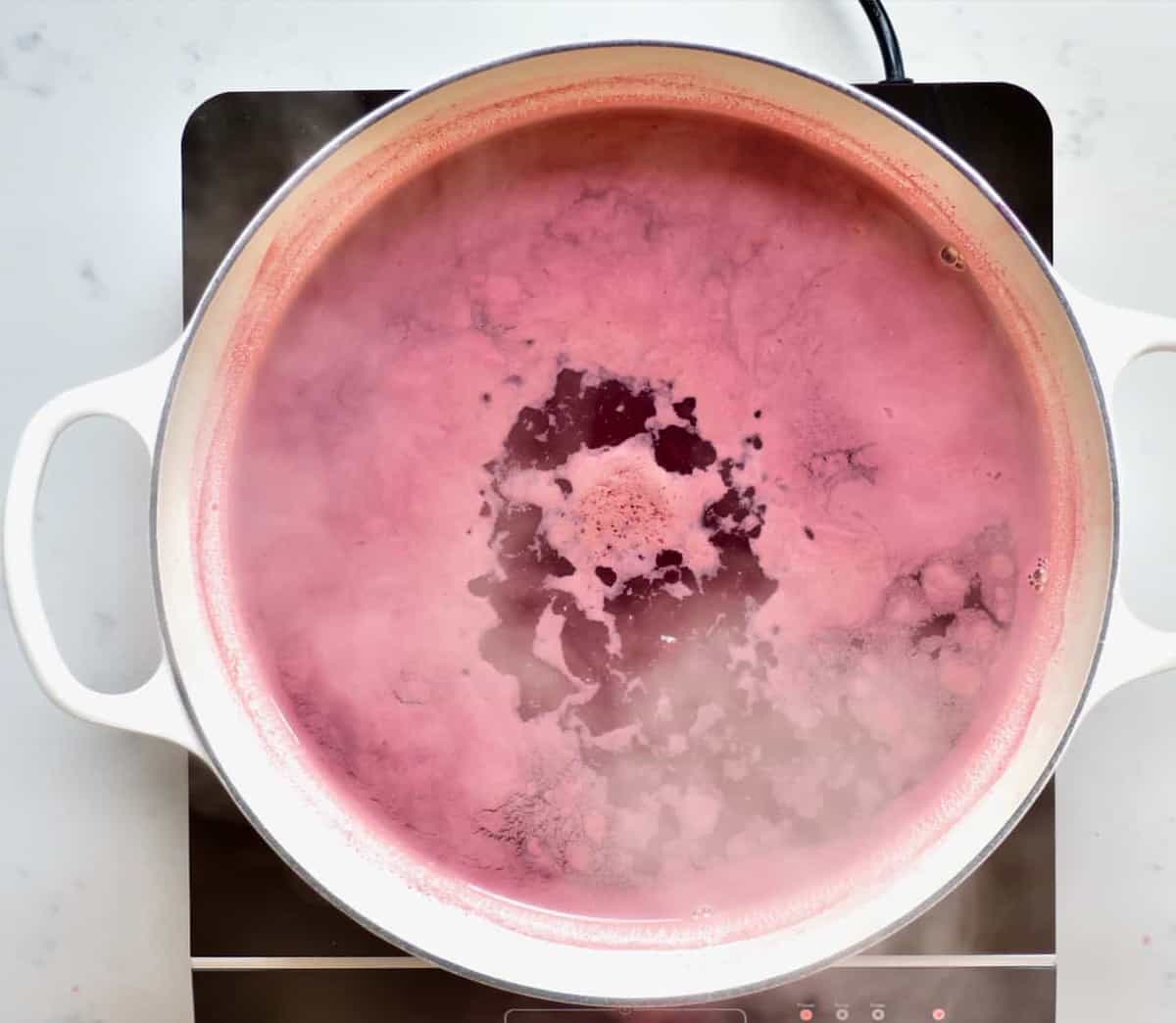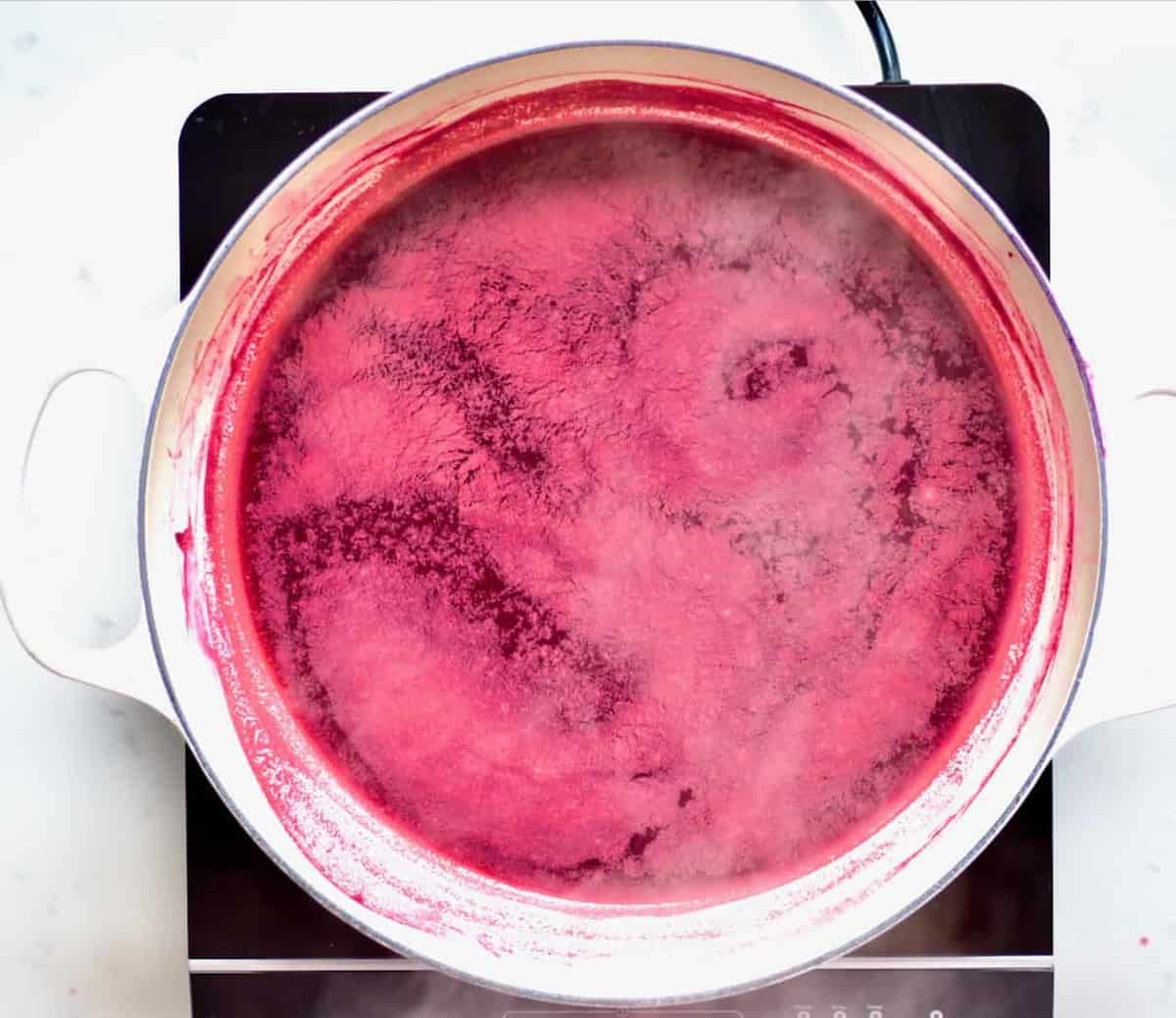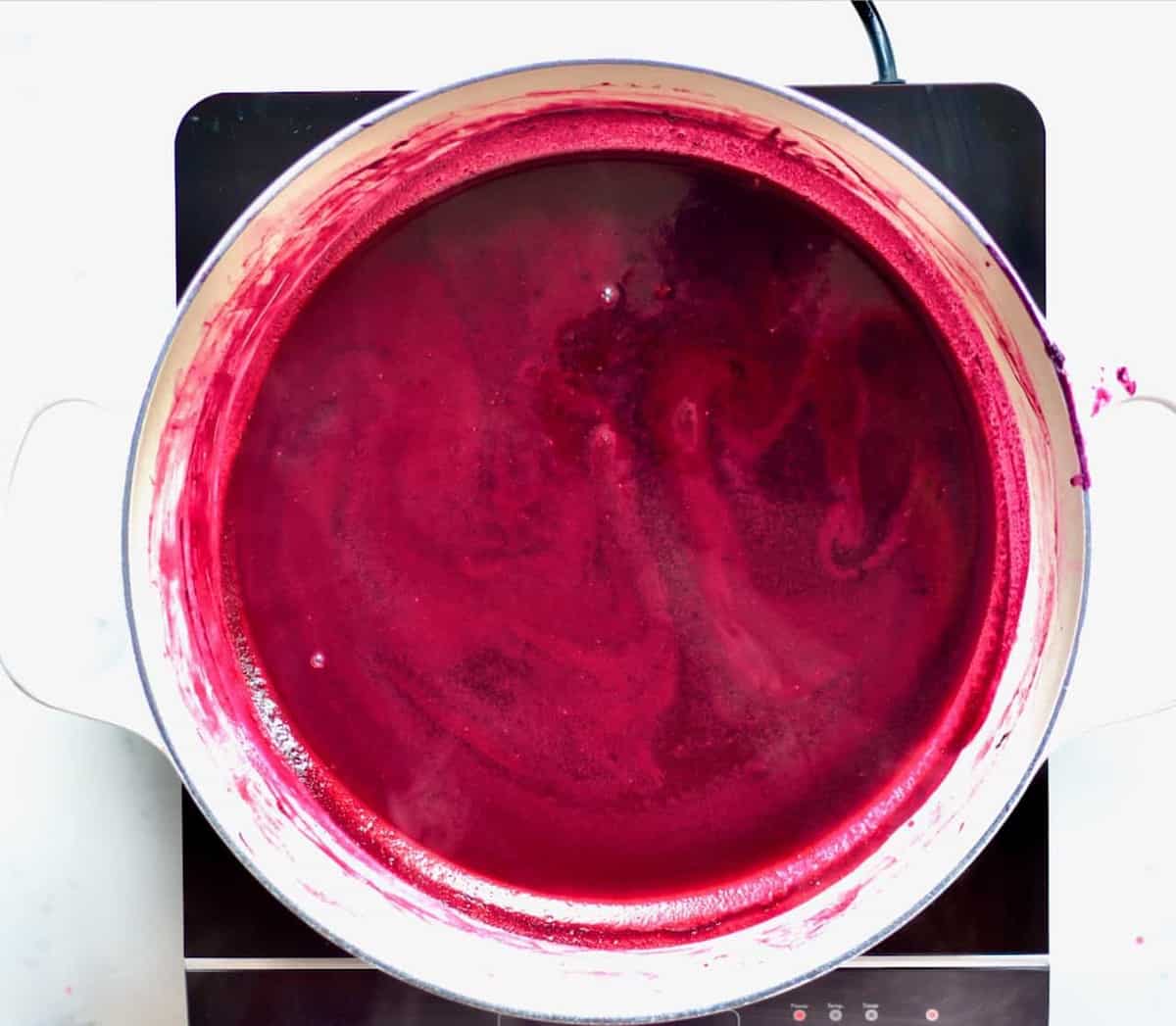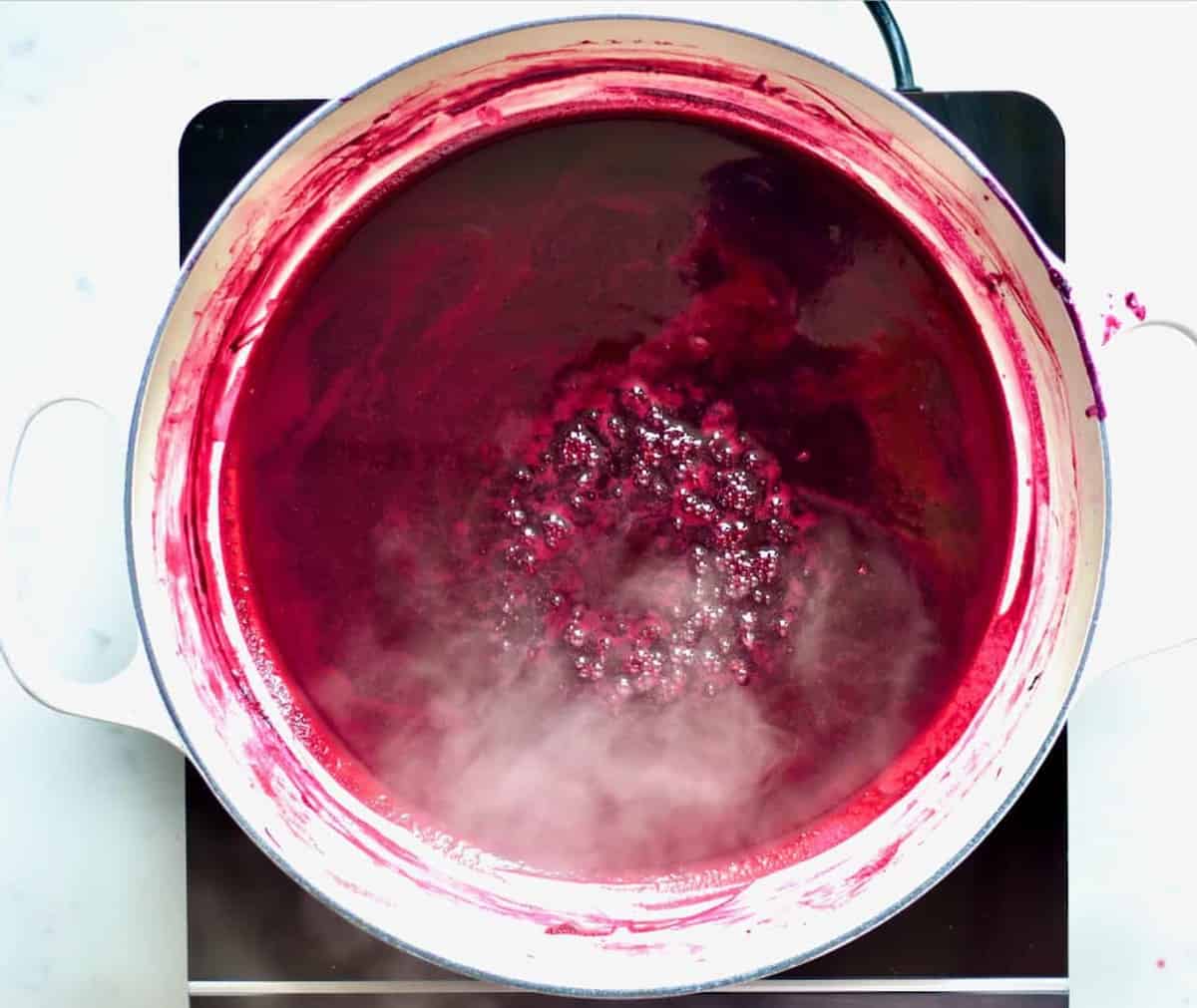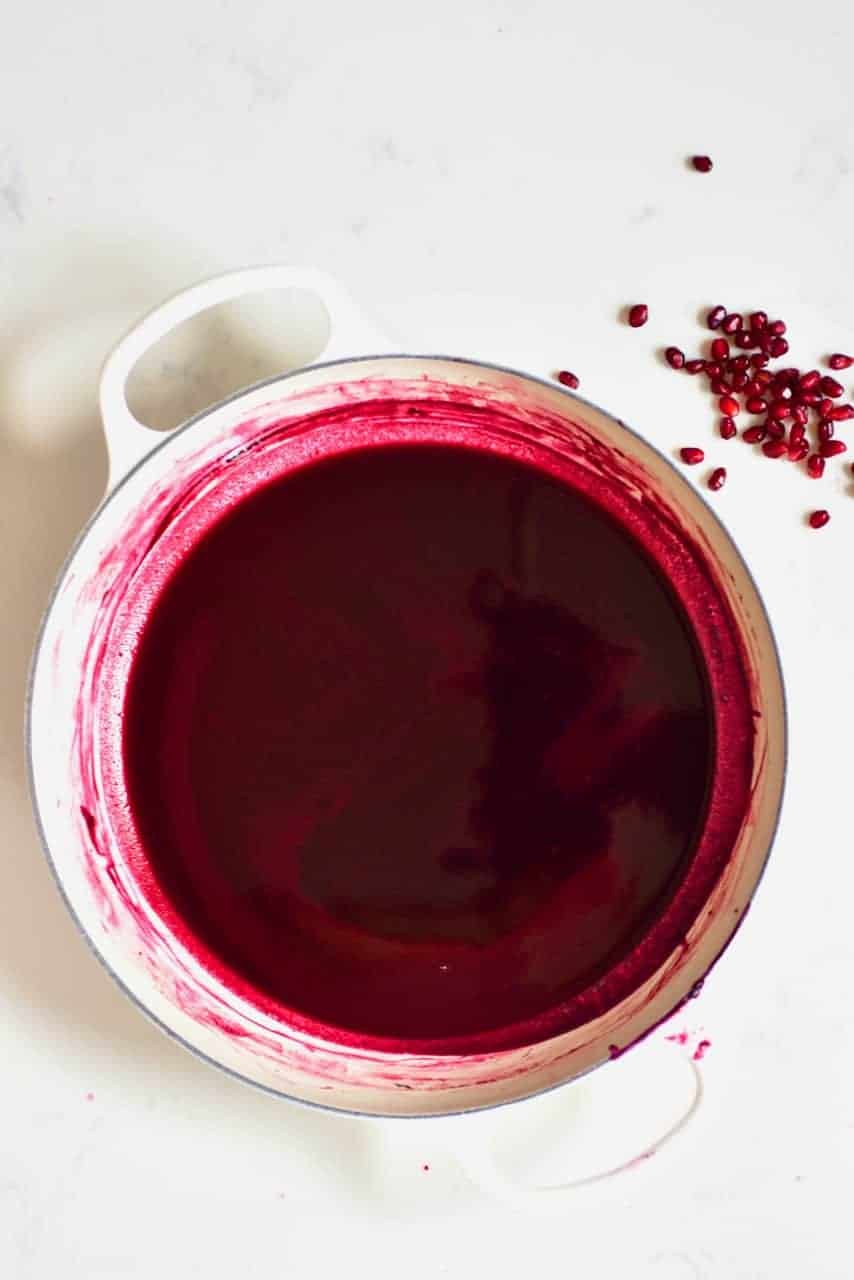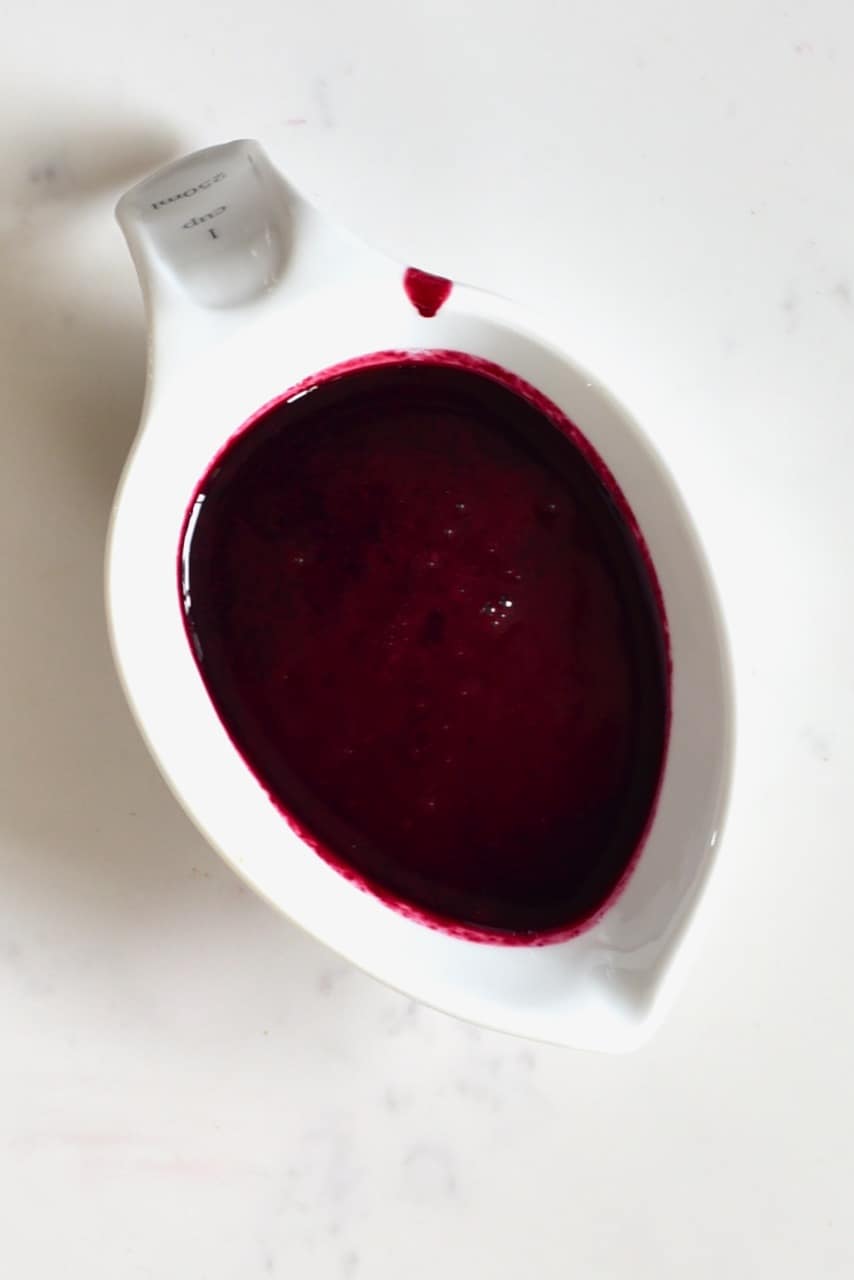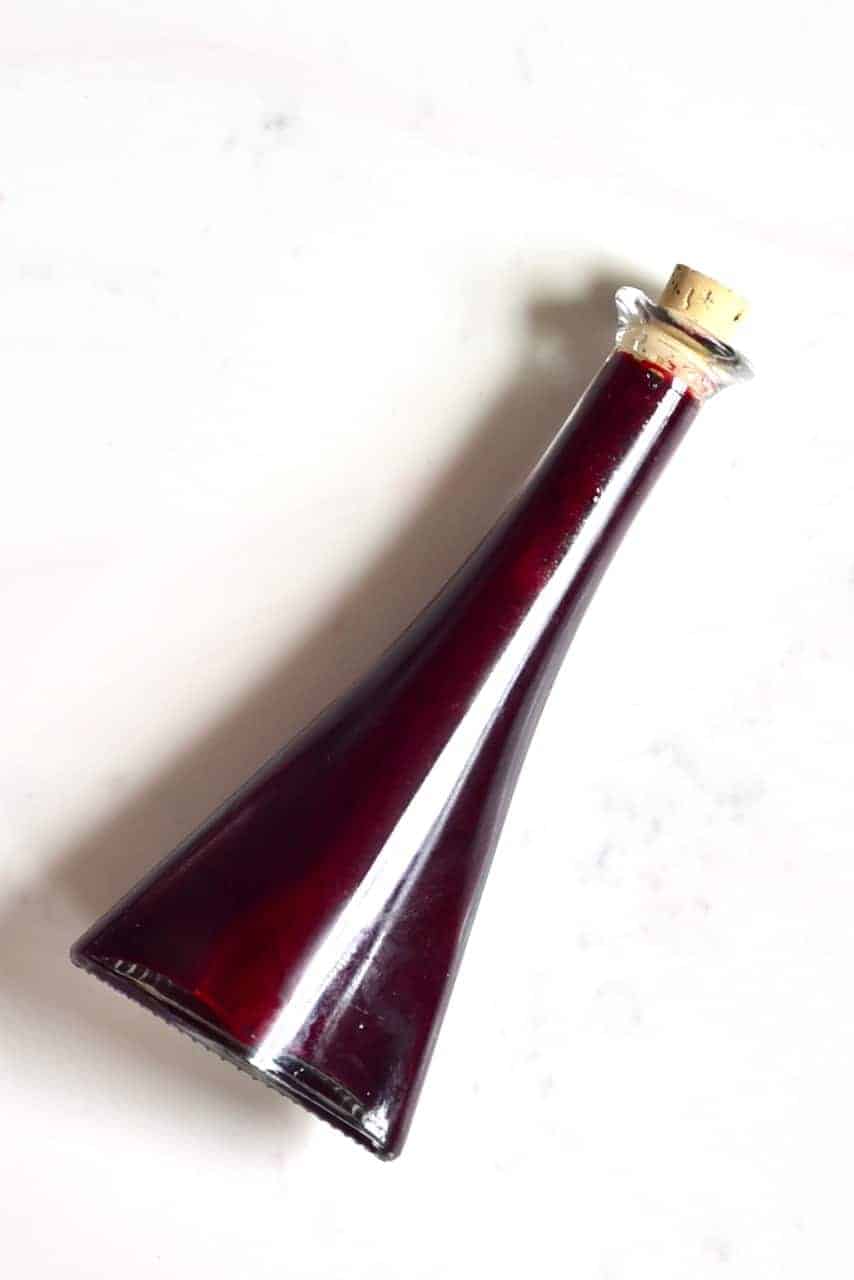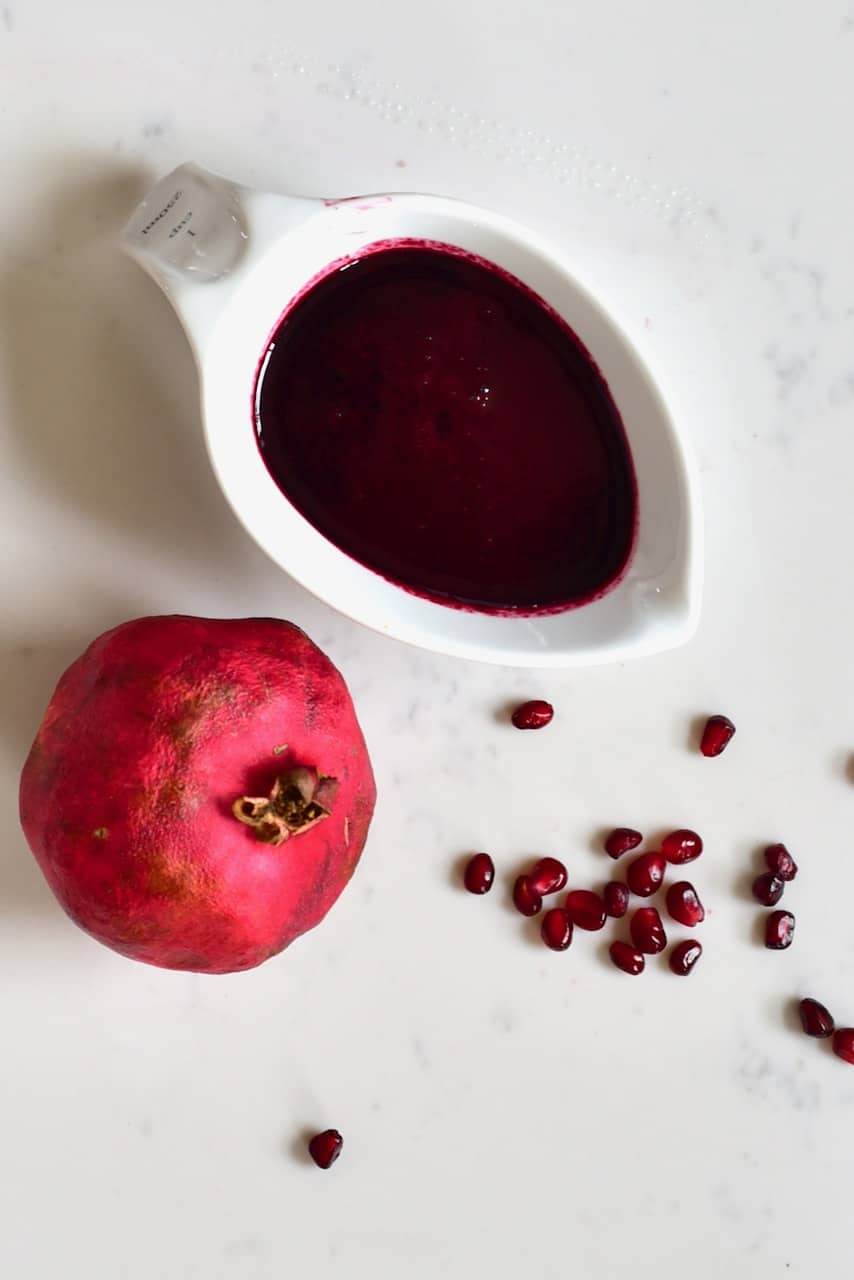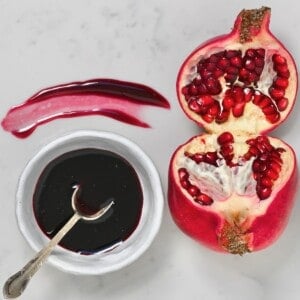Pomegranate molasses is a naturally sweet & sour pomegranate reduction sauce used in Middle Eastern, African and Persian cuisine (and possibly others!) and something I’ve grown up enjoying a lot of in Lebanon. It’s also incredibly simple to make at home and add to a variety of dishes. Traditionally, the recipe is made up of pomegranate juice, sugar, and lemon juice. However, I’ve decided to keep this recipe sugar free as I like the sweet and sour notes already present in the pomegranate flavors. You can even add a dash of salt to bring out the sour notes more.
What is Pomegranate Molasses
As I touched on above, pomegranate molasses is made by reducing pomegranate juice down into a thick syrup. This resulting syrup has a super concentrated flavor and also packs a lot of Vitamin C!
Why sugar-free
Sugar is often added as a preservative to the molasses, as well as to counteract the natural tartness of the pomegranate fruit. In general, pomegranate is already rich in natural sugars though (4 types, in fact!), so I don’t add sugar if I can help it. It is worth noting though that different pomegranate types can be sweeter than others. So if you do find yourself wanting to reach for some sugar then try to add a minimal amount. We’re using the lemon juice as an acidic preservative, so there’s no need to worry about a lack of shelf-life either.
How to use Pomegranate Molasses
One of the main reasons I’m so obsessed with this reduction is because it is SUPER versatile and can be used in both sweet and savory dishes, including:
As part of a salad dressing – i.e. for this Simple Traditional Lebanese Fattoush Salad or tuna salad. It’s delicious when mixed with olive oil as part of a dressing. As part of a marinade for fish/meat (or even meat-alternatives!) Drizzled over vegetables – similar to how a balsamic vinegar can work wonders on roasted peppers, the same goes for pomegranate molasses and a wide range of veggies – like for these Mediterranean Vegetable Lettuce Wraps. It is also a great addition to fries/halloumi fries. Within various other sauces and dips – including making a rich bbq sauce. Or a dash added to dips like baba ganoush or one of these rainbow hummus recipes. As a Drink syrup – It works great when simply paired with fizzy water/tonic or as part of a cocktail recipe. As a drizzle – Mixed into a variety of sweet dishes like a homemade yogurt or coconut yogurt) and granola bowl, overnight oats, ice-cream, or even this Eton Mess meringue cake with berries.
How to make pomegranate molasses
Needed:
Pomegranate juice – You can follow my simple step-by-step for simple de-seeding and juicing a pomegranate, to make your own juice. Lemons
750 ml (3 cups) pomegranate juice yielded for me about 3/4 cup molasses Steps: Pour the pomegranate juice and the lemon juice in a large pot. The bigger the pot, the better, as the larger surface will allow the liquid to reduce faster. Bring to a boil (just a soft boil), set over medium heat. Reduce the heat and simmer on low heat for 30-40 minutes. The water content will start to evaporate, leaving a thicker, syrupy consistency. The pomegranate juice needs to be reduced to about 1/4 of its volume. Stir occasionally so it doesn’t burn. When you get thick bubbles that are more viscous, you can remove the molasses from the heat.Another way to check if the molasses is ready is to see if it coats the back of a spoon (rather than dripping straight off). You could adapt the consistency to your preference too. Remove from the heat earlier for a more liquid-y result or later for a very thick syrup (just make sure it doesn’t get too thick/solid as you can’t use it then). Note: it’s important to keep an eye on the color of the molasses. If it turns from bright magenta (purplish-red) to brown, then the molasses is overcooked. To avoid this, keep the heat low. Remove from the heat and leave to cool completely before transferring to a glass jar (to avoid the glass breaking). You can transfer the molasses to a bowl to speed up the cooling process. As the mixture cools off, the molasses will become a little thicker. Store in an air-tight container in the cupboard/pantry (no need to refrigerate) or within the fridge for a month (this is extended to around two months if using sugar) If you try this DIY, then I’d appreciate a recipe rating. Also, feel free to tag me in your recreations @Alphafoodie.
